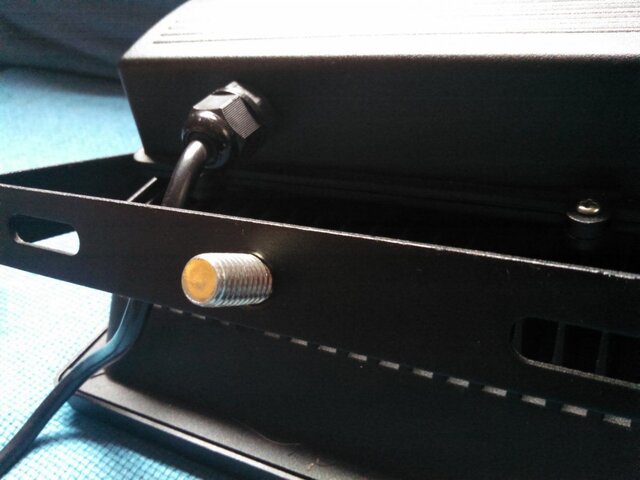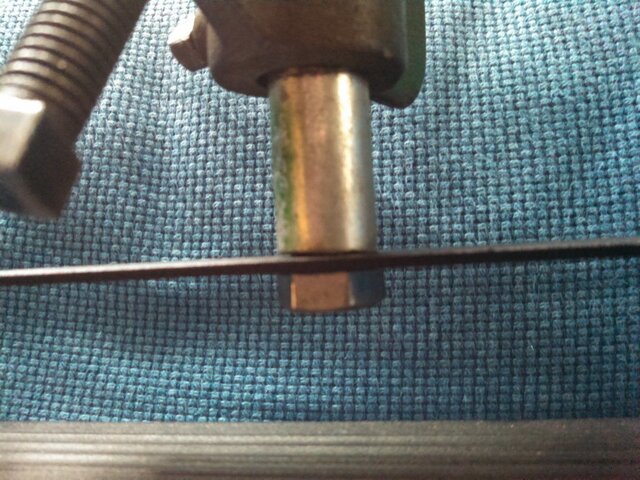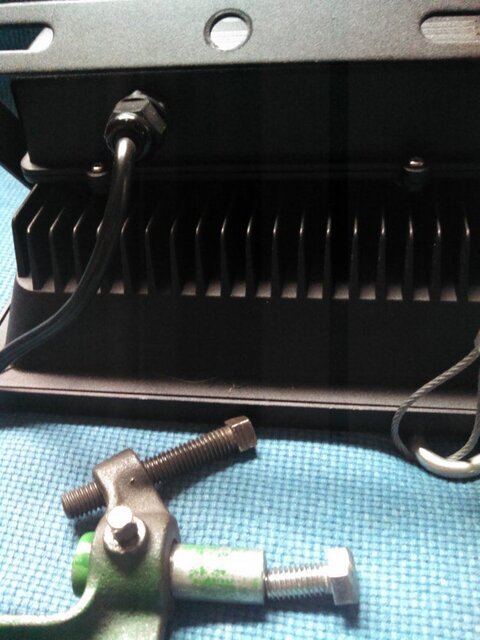You are using an out of date browser. It may not display this or other websites correctly.
You should upgrade or use an alternative browser.
You should upgrade or use an alternative browser.
Can you say LED worklight?
- Thread starterLsly
- Start date
BillConnerFASTC
Well-Known Member
BillConnerFASTC
Well-Known Member
here is a better shot of the yoke.
I think that same weather tight fitting that you see on the left would fit into the yoke hole nicely. line all that up on a weather tight junction box and you would have a nice looking install.
Think i just got some odd leftovers.
I think you just got the wrong model.
Yup bale is different. Odd, but I'm sure our Osram member will be along in a minute or two.I think you just got the wrong model.
BillConnerFASTC
Well-Known Member
Sooner than the FLx?Yup bale is different. Odd, but I'm sure our Osram member will be along in a minute or two.
wiscolighting
Member
I've honestly never heard of a C13/14 inlet being used on anything other than a desktop PC. They certainly aren't common for home or commercial lighting fixtures. If anything, on higher-powered items the way to go is (in my opinion) Neutrik PowerCon connectors. But these were meant to be simply replacements for the T3 Halogen fixtures already in use. So we popped on a normal grounded power cord, and left off a plug so the user can attach it to a junction box, or put an edison plug, or 2P&G stage pin connector, etc. on it. whatever meets the needs of their space..
I seem to remember c13/c14s on some of the smaller Martin and VariLite fixtures a few years ago, like the Mac 250,300,etc with no locking mechanism included. But almost everything has gone PowerCon and with good reason.
techieman33
Well-Known Member
Sure powercon has some benefits, but it has a lot of negatives too. Not being able to connect or disconnect the plug while the circuit is live is a HUGE drawback, and potential danger IMO. And I can't even count the number of times I've watched hands struggle to plug power in into the power out on a fixture or vice versa. They get it and NL-4 confused, you would think they would have at least been smart enough to make it a different color so it's easier to differentiate the two to help reduce confusion. And of course they can't figure out how to unplug it so they end up taking the plug half apart or they break it. TrueOne fixed some of those problems, but of course the industry hard already (foolishly IMO) make powercon the standard. It'll be a happy day when powercon is no more.
wiscolighting
Member
Sure powercon has some benefits, but it has a lot of negatives too. Not being able to connect or disconnect the plug while the circuit is live is a HUGE drawback, and potential danger IMO. And I can't even count the number of times I've watched hands struggle to plug power in into the power out on a fixture or vice versa. They get it and NL-4 confused, you would think they would have at least been smart enough to make it a different color so it's easier to differentiate the two to help reduce confusion. And of course they can't figure out how to unplug it so they end up taking the plug half apart or they break it. TrueOne fixed some of those problems, but of course the industry hard already (foolishly IMO) make powercon the standard. It'll be a happy day when powercon is no more.
I agree that PowerCon probably isn't the best, I also wish that Neutrik wouldn't have rushed it to the market and waited to develop one with breaking capacity on the initial models, but now we have a number of different variants floating around which can confuse the already confused hand, but you also see the same confusion with the numerous other connectors that they encounter, another one that tends to confuse by Neutrik is EtherCon... I understand the concept behind it but like some of their other connectors you do kinda get the feeling that they were trying to reinvent the wheel. That being said I still see some major advantages in PowerCon over IEC, I think we will still see it around for at least a little while.
Similar threads
Control/Dimming
Advice for choosing a light console
- Replies
- 7
- Views
- 2K
- Replies
- 7
- Views
- 590
- Replies
- 9
- Views
- 559
Users who are viewing this thread
Total: 1 (members: 0, guests: 1)






